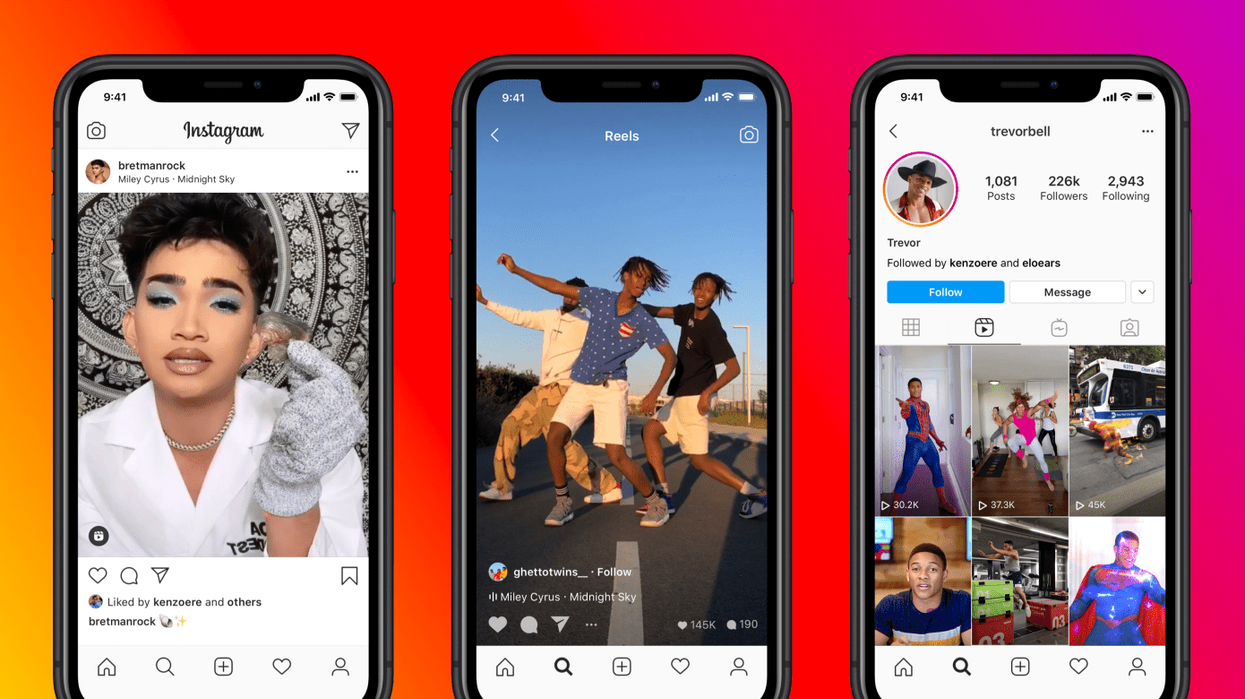Should Instagram Increase Its Maximum Video Reels Length to 10 Minutes?
Leaked screenshots reveal Instagram is currently testing this longer Reels length.

Credit: Instagram
The arms race for the best short-form algorithm-based social video community is turning into a full-blown war. Ever since TikTok revived the ancient Vine format and exploded onto the scene, every other major social media platform has taken up against TikTok to launch its own short-form video format as well.
While TikTok might still be the symbolic leader in this space, YouTube Shorts, Facebook/Meta, and Instagram’s Reels are right behind them both in terms of sheer users and mainstream cultural influence. But, with TikTok increasing its maximum video length to 10 minutes already, it sounds like Instagram is set to do the same.
According to leaked screenshots, Instagram is already testing this new 10-minute Reels max length. However, whether this finds its way to wide release or not, it begs the question: Should Instagram actually increase its maximum video Reel's length? And, perhaps more importantly, what will the future hold for video content creators?
The Current Instagram Reels Length
So, the current max length for Instagram Reels is three minutes. A time that might seem arbitrary at this point, but is already a significant increase over where all of this started as a copycat video feature to TikTok and Vine with their original 15-second max lengths.
TikTok, on the other hand, has already increased its max video length to 10 minutes. However, what’s odd about this arms race is that, while originally interested only in recreating the viral-friendly short-form format, every one of these apps is now pushing for longer and longer video lengths.
This, combined with a doubling down on live streaming as well, is creating a whole new world of content which is somehow becoming a hybrid short-form-long-form format, which can be quite confusing to both creators and audiences alike.
What 10 Minute Reels Could Mean for the Video Industry
Simply put, 10 minute Instagram Reels won’t change anything too much for the industry right away. With TikTok already offering this increased recording and uploading length limit, content creators have had avenues for experimenting with this length already.
What’s most interesting though about a 10 minute Instagram Reel is that it would really push Instagram into direct competition with YouTube for this longer-form video content. YouTube, as the forever king of long-form video creators and channels, hasn’t really had any stiff competition for some time.
But if there’s one company with close to enough firepower to challenge it, Facebook/Meta and Instagram might be actually up for the fight. Long form video, even if it is mobile-centric and mostly vertical, might be up for grabs here in the future.

Credit: Instagram
The Future Landscape of Social Video
While not huge news itself, 10 minute Instagram Reels could very much be the kick-off point for a new video app battle between Instagram and YouTube. And for video content creators of any ilk—whether you’re a full-blown YouTuber already, or simply a videographer working with different brands and marketing departments—YouTube controls so much more of the ebbs-and-flows of the industry than you might think.
Similar to when Facebook originally doubled down on video several years ago, entire empires can be built on these social platforms with video content specifically created for these channels being a main avenue for marketing and communication.
If we continue to see demand grow for longer-form-short-form video, there is a scenario where more professional and established video work could be on the rise for this new length and style. Only time, as they say, will tell though in this future situation.
- How to Edit for Emotion—Using Walter Murch’s Rule of Six for Non-narrative Content ›
- How To Stand Out As A Cinematographer and Get More Work ›
- How to Edit Video for Instagram in Premiere Pro ›











